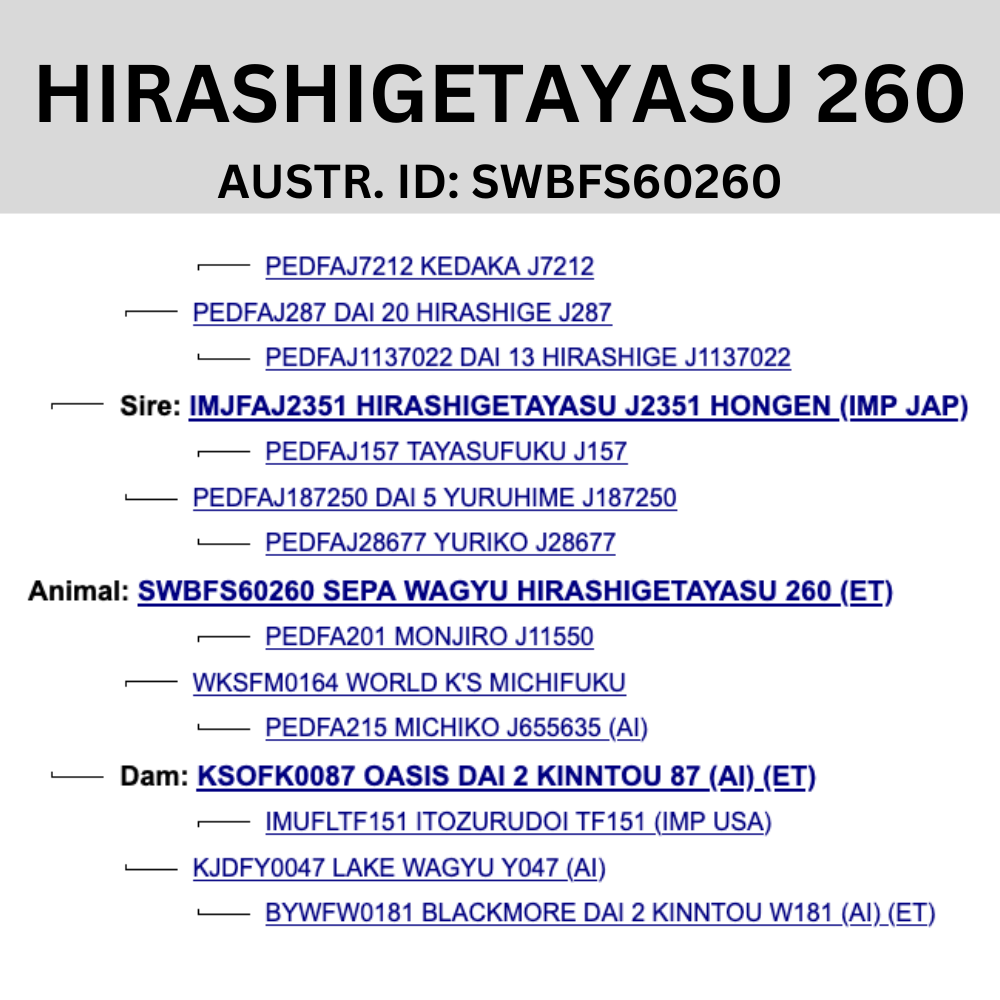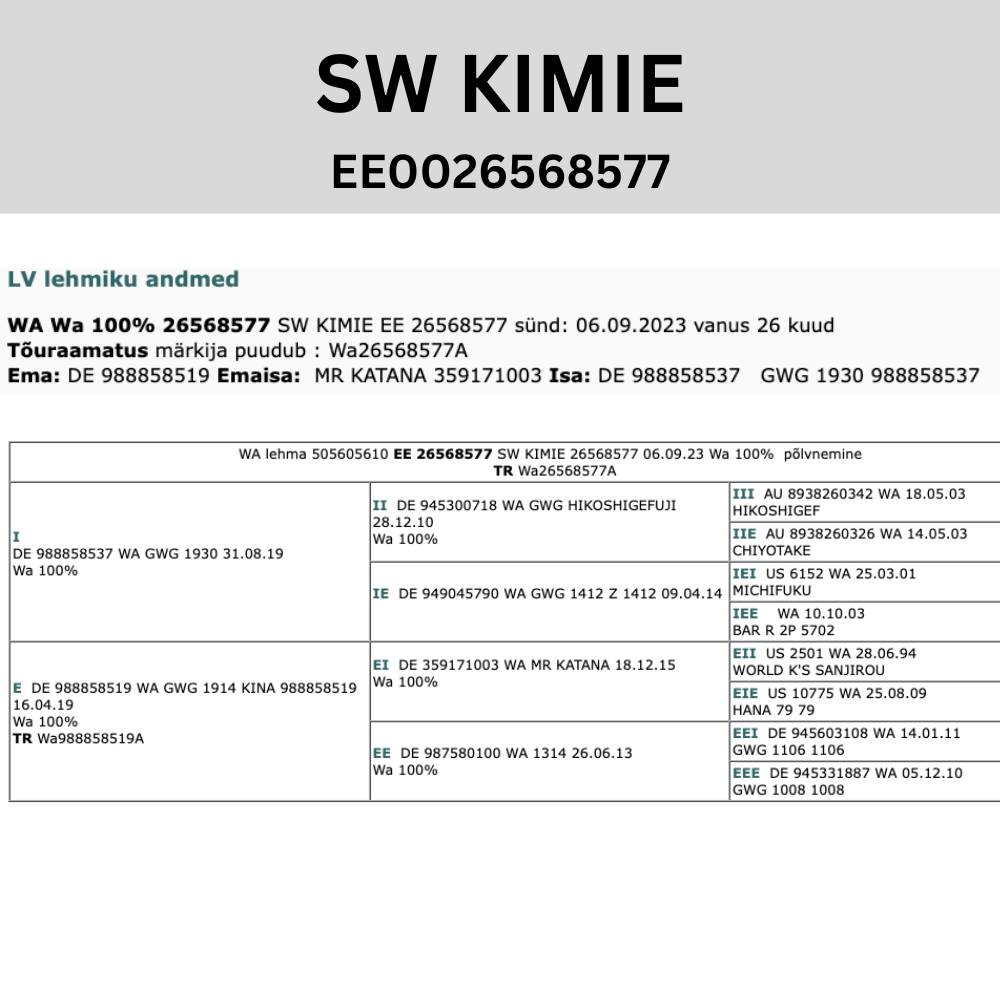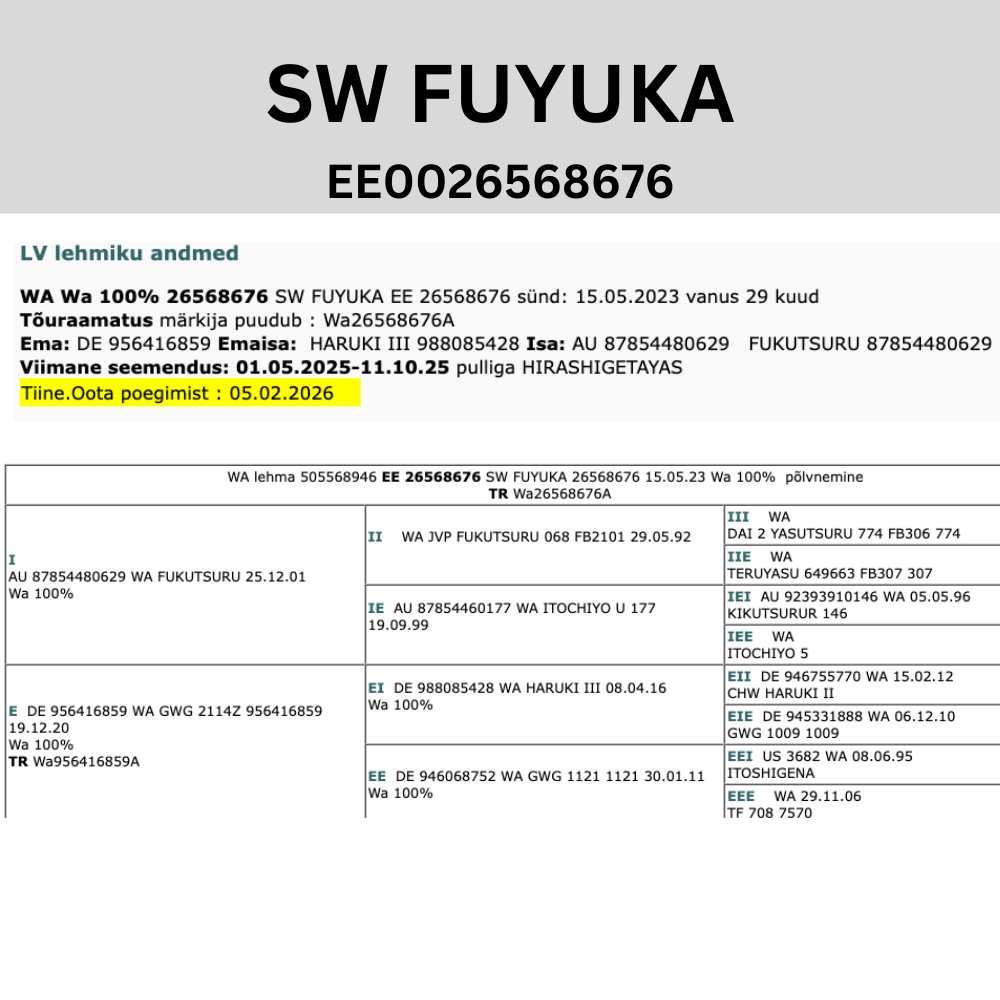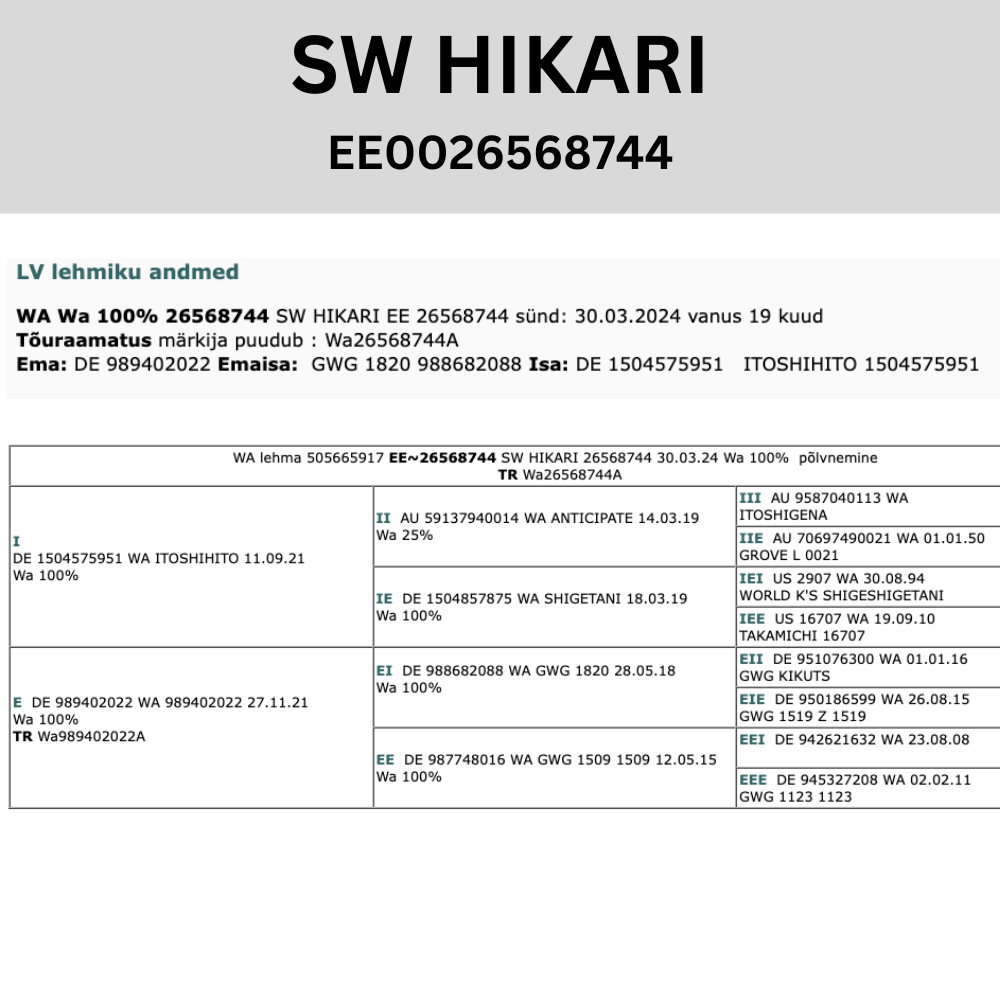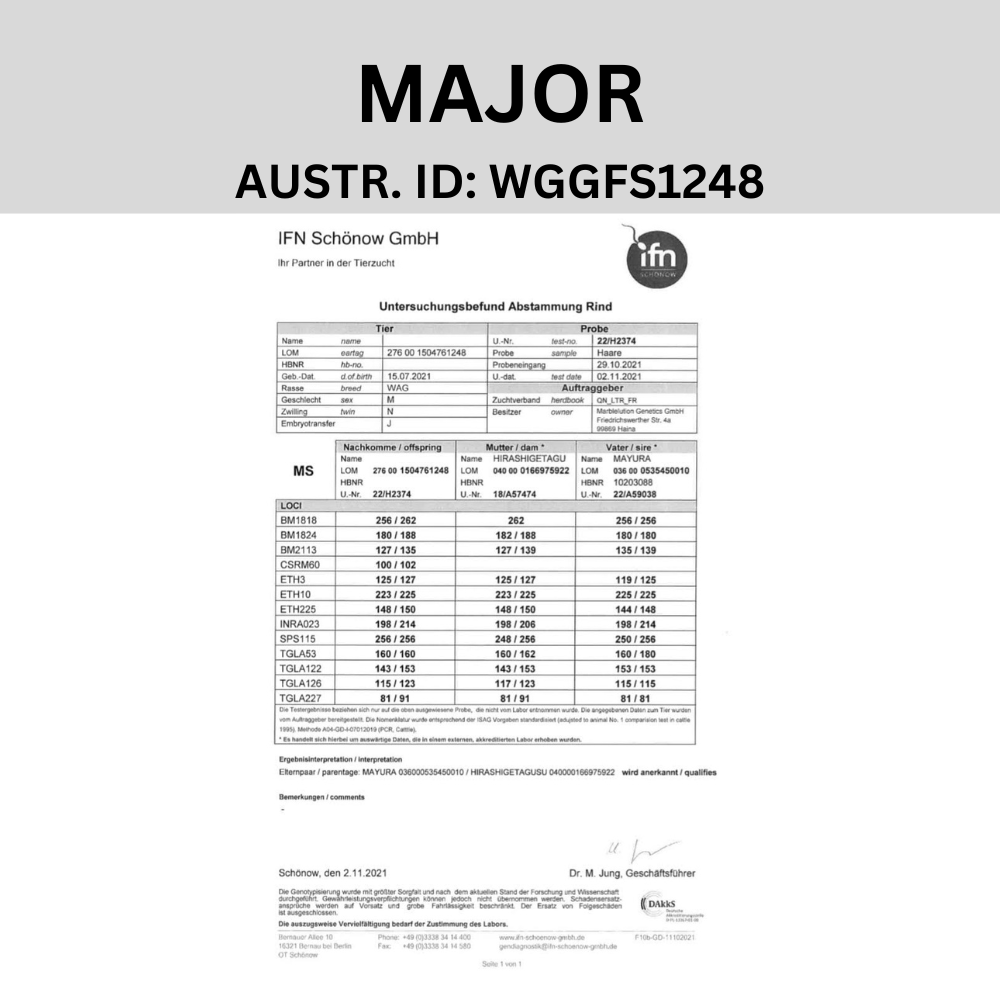If you have decided whether to focus on breeding a breeding herd or producing high-quality meat, it is important to start with the right direction.
Breeding herd direction:
If you want to raise a strong and healthy breeding herd, you should acquire cattle suitable for breeding. It is essential to select animals whose genetics help improve the herd’s qualities and ensure strong and healthy offspring.
Improving meat quality:
If your primary goal is to enhance meat quality, especially marbling and tenderness, then you should choose a Wagyu bull, which passes on these traits. Wagyu bulls help elevate meat quality, increase muscle development, and improve marbling.
Take your herd’s quality to the next level by using a Wagyu bull!
If you have chosen the breeding herd direction, keep in mind that Wagyu cattle grow slower, and their raising can take 30 to 36 months. It is important to provide stress-free and comfortable conditions, offering plenty of space, clean water, and quality feed. Cold weather requires proper shelter and bedding, as very low temperatures can be fatal to calves and also hinder weight gain.
If you focus on a production herd, using Wagyu bulls for crossbreeding is an excellent way to improve meat quality while maintaining good maternal traits. Low birth weights are often desirable, as they facilitate easier calving and reduce risks.
If you need more advice or assistance with your choice, feel free to contact me!

